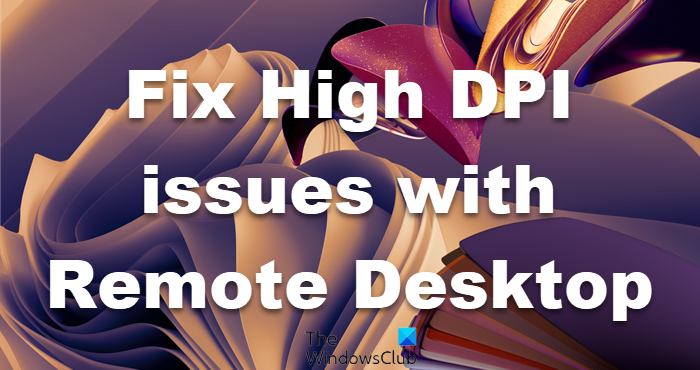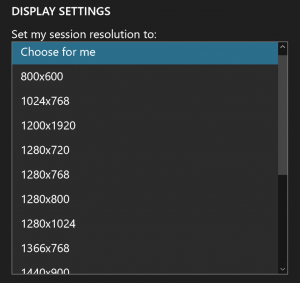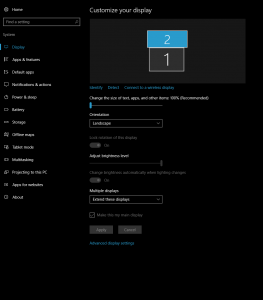Handling Remote Desktop with High DPI (Dots Per Inch) issues can turn out to be a very tricky issue on Windows 11/10. That said most of the DPI issues can be successfully mitigated with due diligence.
Fix High DPI issues with Remote Desktop

High DPI issues are usually associated when you plug in devices like Surface Pro with external monitors. With the onset of DPI issues, the taskbar, icons, text and dialogue boxes appear very small or disproportionate. The DPI issue also crops up when you use multiple monitors in different display resolutions. Chances are that the Windows interface will also appear in blurry texts.
Microsoft has detailed the steps needed to get things sorted out with high DPI issues and most of these steps are kind of optimizations. Before going ahead and trying to solve the DPI issue, try to optimize the settings and see if the problem is solved.
How to handle Bad DPI
Bad behavior is something that is referred to the DPI anomaly be it the fuzzy display, a torn screen, or the loss of quality. The display scaling is of paramount here and the failure of this is sure to cause a problem. DPI issues are not something you will witness when you are using the Surface Book in standalone mode but try docking/undocking it to the remote desktop protocol and the problems start surfacing.
The issue is mainly due to the change in hardware configurations on the Surface and the monitor.
One of the best ways to handle this issue is by logging off before docking and logging on after docking. This is because the Winlogon starts when the user logs on and the hardware configuration is noted and correspondingly the DPI is set. Many of the applications don’t come baked in with a feature that allows for automatic DPI detection in real-time.
In case you change the monitors, it’s always better to create a new windows session. Yet another mention-worthy thing is that remember to update your Windows 10 to the latest build.
Read: How to fix Windows Scaling issues for High-DPI devices.
How do I change DPI in Remote Desktop?
To do this, open the Remote Desktop Manager > File > Options > User Interface > Change the Display scaling to DPI unaware. If you cannot see the setting you can add the line in your config files as well.
How to handle DPI issues with Single Monitors

Well, single monitor situations are not usually such a fuss and the connections are just fine with no DPI issues. However, the only problem here is a side effect of the RDP (Remote Desktop Protocol) session.
In case you are using the RDP with a computer in your office and once done you disconnect from the session. However, what happens is that the next day when you try to switch on the monitor it will still be actively displaying yesterday’s active session. The only resolution here is to log off from the PC.
Getting the best RDP results with Multiple Monitors

You need to decide for that, the monitor will be used and also know which monitor you want to mark as primary. Usually, the best way is to select monitor number 1 as the “Make this my Main Monitor.”
Next, try using the Microsoft Remote Desktop app preview instead of the MSTSC. Now once again ensure that your Windows 10 is up to date and get to the baseline by logging off, configuring the hardware and logging on once again.
Visit Microsoft for the full read.
Leave a Reply